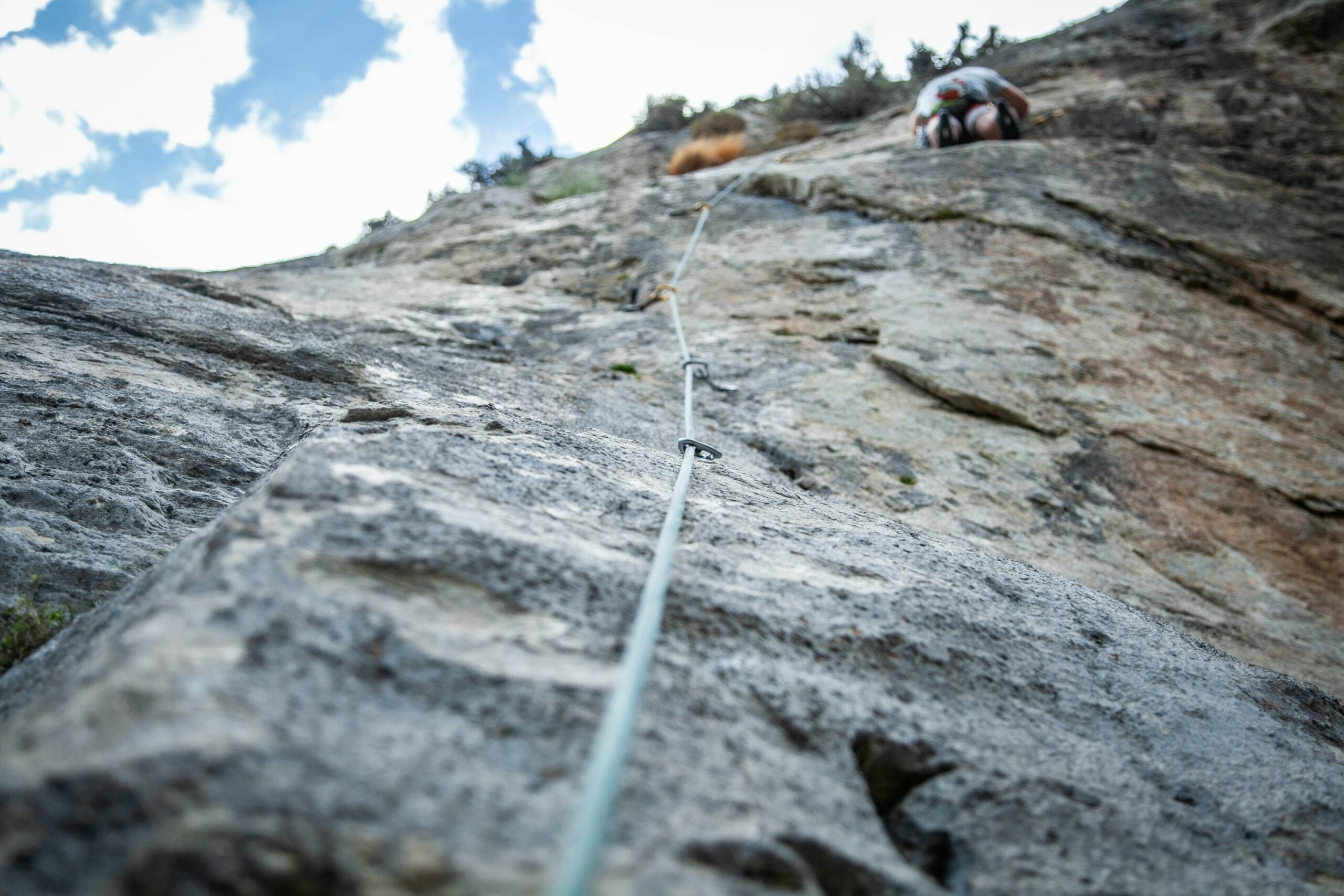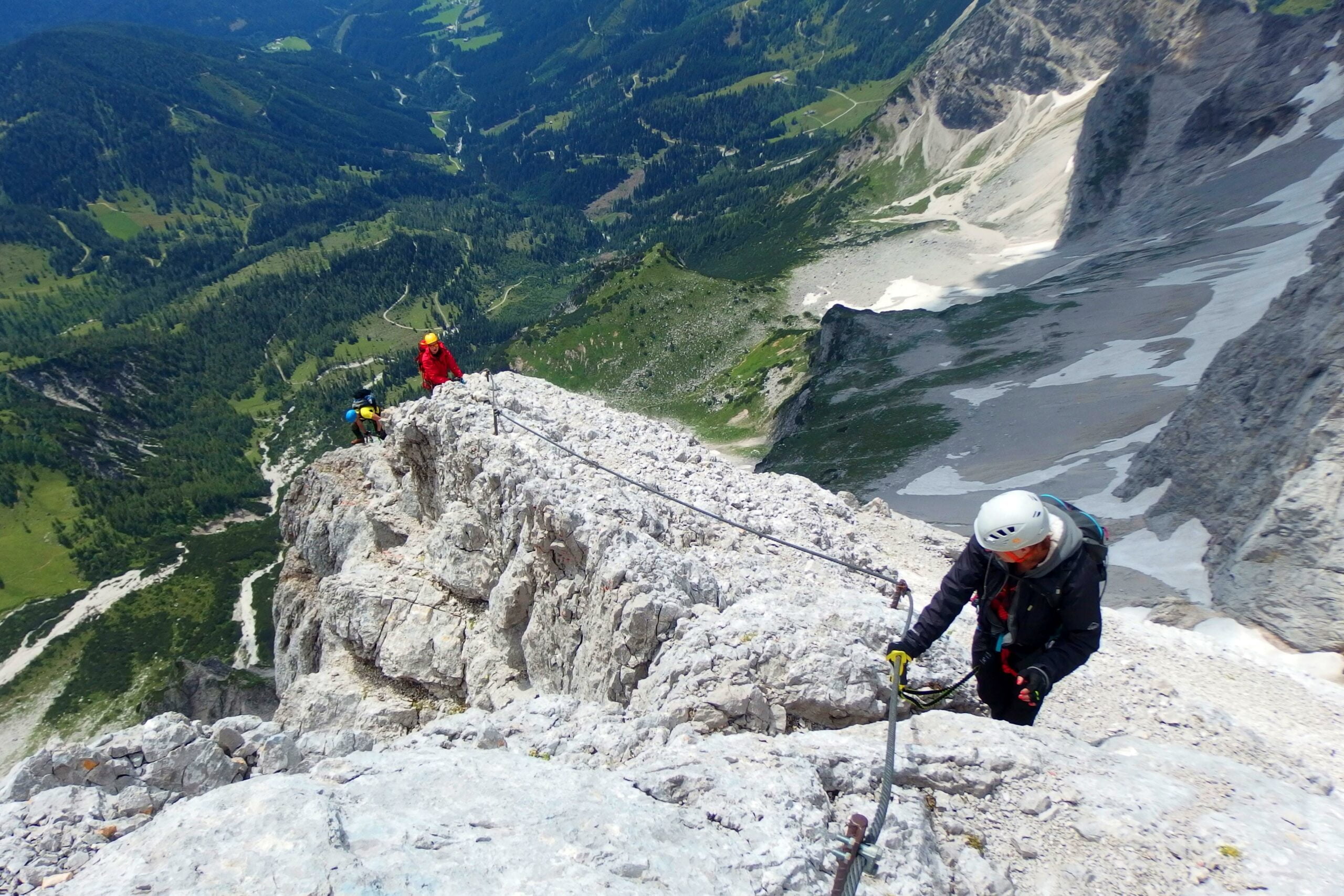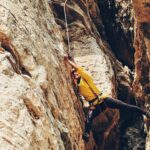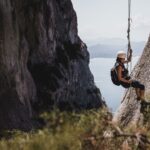Are you ready for an epic adventure? Get ready to embark on a thrilling journey into the world of rock climbing and uncover some exciting educational facts for kids! In this article, we will delve into the captivating realm of vertical exploration and discover how this awe-inspiring sport can ignite young minds. From conquering towering cliffs to understanding the importance of teamwork, problem-solving, and safeguarding our environment, rock climbing offers a unique blend of adrenaline-pumping excitement and valuable life lessons. So fasten your harness, tighten your grip, and join us as we unravel the educational wonders of rock climbing!

Educational Rock Climbing Facts for Kids
Rock climbing is more than just a thrilling outdoor activity – it’s also an opportunity for children to learn and grow. In this article, we will explore some educational rock climbing facts that will capture the imagination of young adventurers and help them understand the many benefits of this exciting sport.
Rock Climbing: A thrilling adventure
Rock climbing is a sport where you use your hands and feet to climb up a rock or an artificial climbing wall. It requires strength, balance, and determination. Just like a puzzle, each climb presents a unique challenge that you must solve using your problem-solving skills.
Did you know? Rock climbing is considered a difficult sport that requires mental and physical endurance. It’s like tackling a mountain – it may seem daunting at first, but with practice and perseverance, you can conquer any challenge.
Exploring the different types of rock climbing
There are five main types of rock climbing that you can discover:
Bouldering: Picture yourself climbing on a massive boulder without any ropes or harnesses. That’s bouldering! It’s a type of rock climbing where climbers ascend short, challenging routes close to the ground. Don’t worry, though – thick pads are used to cushion any falls.
Sport climbing: This type of rock climbing involves ascending tall, vertical cliffs or walls with the aid of bolts placed in the rock. Climbers use ropes, carabiners, and harnesses for safety as they navigate the predetermined routes. It’s like being an adventurer on a vertical jungle gym!
Trad climbing: Trad is short for traditional, and this type of climbing involves using removable gear such as cams and nuts to protect yourself as you ascend the rock. It’s like creating your own ladder to the sky using cleverly placed pieces of equipment!
Aid climbing: Aid climbing is like a spider climbing a web. It involves using specialized gear to help you ascend the rock face where natural holds are scarce or nonexistent. It requires a high level of skill, precision, and patience.
Ice climbing: Ice climbers embrace the freezing cold as they ascend frozen waterfalls and icy cliffs. It’s like becoming a human ice pick and using your strength and skill to overcome the slippery challenges.
Remember, each type of rock climbing offers a unique set of challenges and rewards. It’s like exploring different worlds and unlocking new levels of excitement and self-discovery.
The educational benefits of rock climbing
Studies have shown that rock climbing provides numerous educational benefits for kids. Here are some ways in which rock climbing helps children learn and grow:
Physical fitness: Rock climbing is a fantastic way to stay active and build strength. It engages many muscle groups, including your arms, legs, and core. It’s like a challenging workout disguised as an exhilarating adventure!
Problem-solving skills: Every climb is a puzzle waiting to be solved. As kids figure out which holds to grab and how to move their bodies, they develop critical problem-solving skills. It’s like unraveling a mystery with your fingertips!
Perseverance: Climbing can be tough, but as kids push through challenges and reach new heights, they learn the value of perseverance. It’s like discovering that the reward is even sweeter when you’ve worked hard for it.
Educational rock climbing facts for kids show that this thrilling sport builds strength, agility, problem-solving skills, and perseverance in young adventurers.
Safety first: Equipment and techniques
Safety is a top priority in rock climbing. Kids must learn proper equipment usage and techniques to enjoy this sport safely. Here are a few important safety considerations:
Ropes, carabiners, and harnesses: These are essential tools for climbers. Kids should learn how to properly use and check their equipment before every climb. It’s like creating a safety net to catch you if you slip.
Climbing etiquette: Climbers must also learn about climbing etiquette, which includes respecting other climbers and the natural environment. It’s like being a good guest in someone else’s house – you leave it better than you found it.
Remember, safety is key in rock climbing. Understanding and practicing proper equipment usage and techniques are crucial for a rewarding and safe climbing experience.
Learning resources for young climbers
If your child is eager to learn more about rock climbing, there are plenty of resources available. Here are some options to explore:
Websites: Online resources dedicated to rock climbing offer a wealth of information, tips, and even virtual climbing experiences. Kids can dive into an online world of knowledge from the comfort of their own homes.
Encyclopedias: Encyclopedias are treasure troves of fascinating information. They provide detailed explanations and illustrations to satisfy the curiosity of young climbers. It’s like having a personal guidebook to the world of rock climbing.
There’s a wide range of resources available to young climbers, from informative websites to encyclopedias. Exploring these resources will further enhance their understanding and passion for this thrilling sport.
Rock climbing is not only an adventure but an educational journey that kids can embark on. Through engaging in this exhilarating sport, children can develop physical strength, problem-solving skills, and perseverance. So, kids, are you ready to embark on a rock climbing adventure and discover the wonders that await you?
Remember, rock climbing is not just about climbing rocks – it’s about climbing to new heights in life. So reach for the stars and enjoy the exciting educational journey this sport has to offer.
Rock climbing is an adventurous and exciting activity that kids can enjoy. If your child loves a challenge and is full of energy, then they will definitely love rock climbing. Not only does it provide a great physical workout, but it also helps develop mental strength and problem-solving skills. So why wait? Explore and discover some amazing facts about rock climbing for kids by clicking here. Get ready for an exhilarating experience that will leave your little ones wanting more!
FAQ
Question 1
What is rock climbing?
Answer 1
Rock climbing is a sport where someone uses their hands and feet to climb up a rock or an artificial climbing wall. It requires a lot of strength and is considered a difficult sport.
Question 2
What safety measures are involved in rock climbing?
Answer 2
Rock climbers must know how to use ropes, carabiners, and harnesses for their own safety. Proper equipment usage and techniques are crucial for a safe climbing experience.
Question 3
What are the different types of rock climbing?
Answer 3
There are five main types of rock climbing: bouldering, sport climbing, trad climbing, aid climbing, and ice climbing. Each type has its own set of challenges and techniques.
Question 4
How does rock climbing benefit kids?
Answer 4
Rock climbing can be a fun and beneficial activity for kids. It helps improve their strength, agility, and problem-solving skills. Additionally, it introduces them to the wonders of nature and promotes environmental awareness.
Question 5
Where can kids learn more about rock climbing?
Answer 5
Kids can participate in rock climbing classes to learn proper techniques. There are also various resources available, such as websites and encyclopedias, that provide educational information about rock climbing.
- Unlock Water’s Symbolism: A Cross-Cultural Exploration - April 20, 2025
- Identify Black and White Snakes: Venomous or Harmless? - April 20, 2025
- Unlocking Potential: Origins High School’s NYC Story - April 20, 2025















